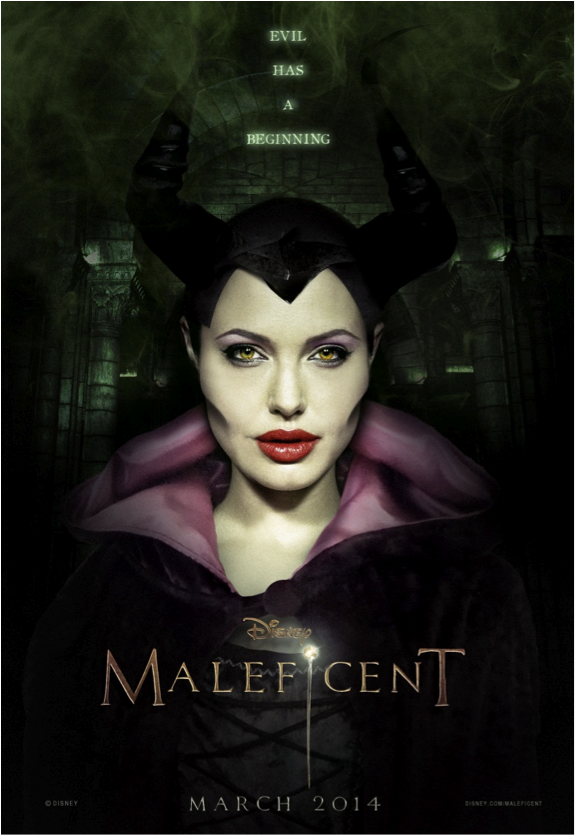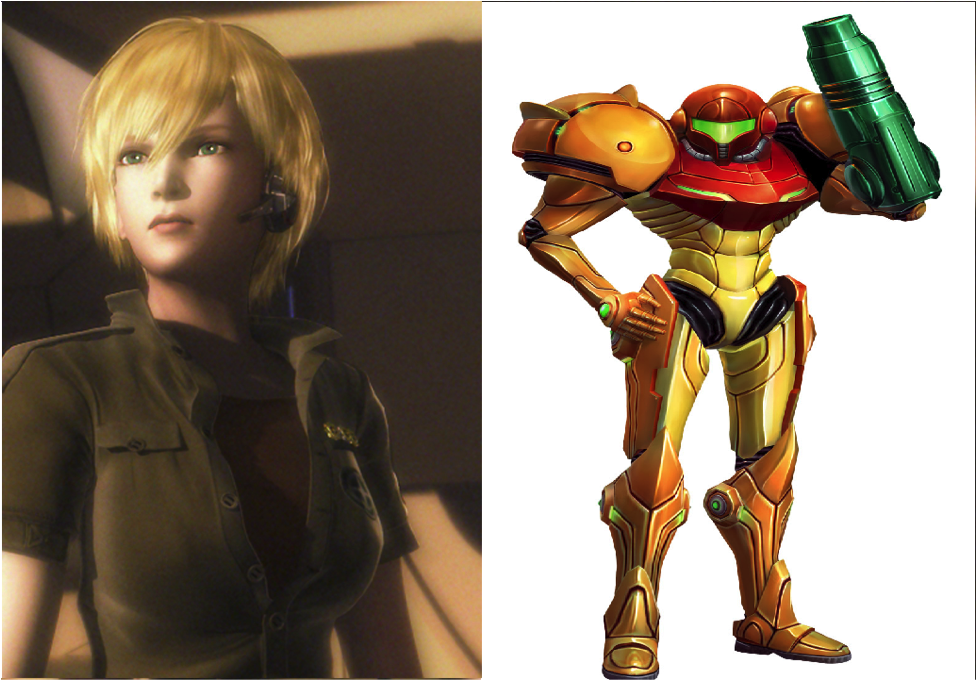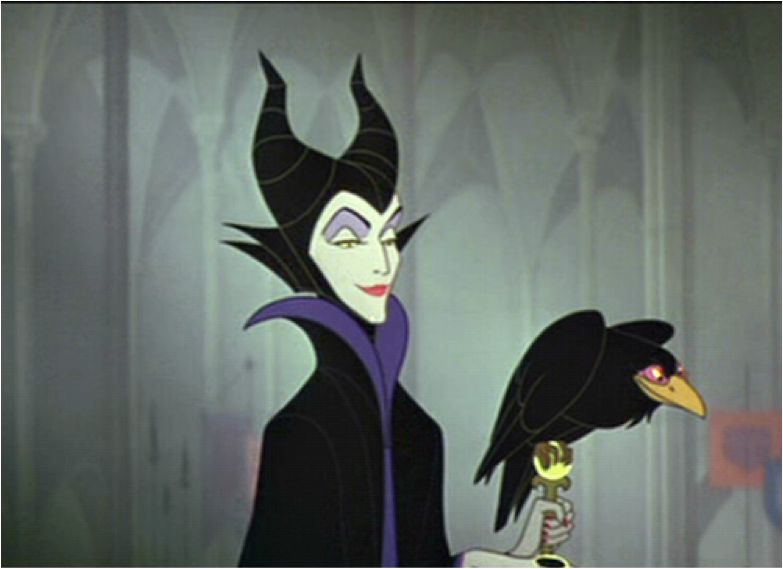To say the announcement that Disney is working on a new, live action film adaptation of their most revered villain, Maleficent, the wicked fairy godmother from Sleeping Beauty sent shockwaves through the internet would be an enormous understatement. Reactions ranged from excited to ecstatic, with virtually everybody (at least within the range of cartoon enthusiasts, feminist, and feminist cartoon enthusiasts I spend much of my time with) thrilled at the idea of one of Disney’s most beloved creatures of wickedness getting the chance to tell her full story. But even as I shared in the excitement, I couldn’t help to thinking back to another story that had given a similarly ghoulish green witch a chance to tell her tale – Wicked, the book musical about how the Wicked Witch of the West got as wicked as she is. And after that, I remembered the existence of two pieces of media that explored the origins of famous heroines, namely Nintendo’s Metroid: Other M and Square Enix’s 2013 remake of the Tomb Raider series. Through all these works, we see two specific themes: the subject matter of a popular and critically acclaimed female subject, who has succeeded whether through the force of her character or her execution, and the need to redress this character, to explore who she is and how she became the person we know her as. And perhaps instinctively, this realization gave me a queasy feeling. Sure, it’s great to get character backstories, but why are we seeing all these female characters, characters that never needed an in depth explanation for who they were, being given backstories to justify their characters when justification was never necessary? Is it just an attempt to flesh out characters that may have only ever been seen as villains, or is there a more salient urge here, to strip female heroes and villains alike of their mystery and autonomy and make them explain themselves to us? From this perspective, it seems necessary to ask what it is that the new Malificient film does; does it validate her, giving us an idea of why she is who she is, or does it undo her, removing the excess villainy and mystery that made her at once so captivating and inspiring to viewers?
Didn’t she play Lara Croft too? Or am I just losing it…
Like a male hero or villain, there are myriad reasons a female hero or villain may succeed, or fail, in their given function. But unlike most male characters, female characters are also caught up in the complex politics of representation and sexualization, and must be interrogated with pointed questions to determine whether they break down sexist stereotypes or uphold them. Upholding the institutions of sexism is done in ways that range from outfits to motivations; if the heroine or villainess wears the same three loose pieces of cloth everywhere she goes, she’s demeaning eye candy for men, and if her motivations are for romance, wealth, or eternal beauty, she’s a damsel, a conniving harpy, or any one of the literal hundreds of pre-formed molds made for female characters of all shapes and DnD alignments. To escape this is no easy task, for it requires simultaneously the recognition of the female character’s specific social position while also being clear to point out that her gender changes nothing about her basic human motives, objectives and desires. In this sense, characters like Maleficent and Samus Aran of the Metroid game succeed; their motivations do not rest in anything directly coded as feminine, but simply in who they are as human beings (or in Maleficent’s case, fairies). And while Elphaba and Lara Croft no doubt fulfill sexist functions (in the case of the former, being a vindictive hag and in the latter, being eye candy for 13 year olds with a PlayStation) their characters seem to exist and have motives for action outside of them. From craving treasure to craving vengeance, acting out of senses of duty, honor, wickedness and for the thrill of it, the motivations of these women are not wholly contingent on their gender; anyone in Elphaba’s position would want to avenge their sister, and the tropes of bold and brash treasure hunter like Lara Croft is as common as the adventure genre itself. And more importantly, the motivations of these characters don’t really need to be qualified; we have seen enough villains and heroes with them to not so much bat an eye at them. Does this drive to qualify the motivations of female characters represent a drive to strip them of their character nuances, as if we as viewers have trouble believing that they, as female characters, are capable of doing the things they do without qualifying it?
Is it really necessary to know how this became this?
With Maleficent in particular, this question is troubling. More than any of the previously outlined characters, Maleficent triumphs not because she is a character so much as she is a symbol, an awe-inspiring avatar of wickedness and malevolence in semi-human form. This is what, in the already impressive pantheon of comic, tragic and wicked villains of the Disney canon, makes her stand out as above and beyond the rest. The average Disney villain may have myriad motivations and reasons for being evil, be they jealousy, gluttony, old grudges or simple dislike of the protagonist. But Maleficent is above such petty mortal concerns. It is true that she is slighted in not being invited to Princess Aurora’s Christening, but this seems little more than pretext for her to unleash her evils upon the kingdom. And were it not for the meddling of the “good” fairies, she would have succeeded; by the films halfway point, she has the prince in chains, the princess in eternal sleep, and the kingdom completely plunged in darkness. Further, she never relies on the powers of her minions to get things done: for the most part, it is her who does the plotting, the trapping, and most of all the fighting, and she does it damn well. By the film’s final act, she has become evil itself, manifesting as an enormous black dragon capable of leveling entire kingdoms, before good triumphs and she is finally slain once and for all. Even as she loses, she stands out in a way no villain has before or since. Maleficent is a force of nature, an awe inspiring manifestation of villainy in its purest, most captivating form, and it is in the very force of her evil and power that she has emerged as the perennial, classic villain of the Disney mythos.
According to the Wikipedia page for the new Maleficent film, our favorite evil fairy is being recast as a defender of nature and wildlife from the encroaching forces of man. Is this how far the mighty have fallen? The dark lady Maleficent, a militant Greenpeace activist? Forgive me if I don’t sound too enthused. In some cases, fleshing out the ideas of female villains and heroes gives them an extra bit of dimension they previously lacked; with Wicked especially, we got to see an arresting and ultimately convincing portrait of the Wicked Witch, with her origins as dreamy idealist and the way the corruption of the world she lived in made her something far worse. But this recent spate of female backstories too often seems to ask questions that don’t need to be asked, namely why do these characters, characters we already know and care about, act the way they do? For Maleficent this is a pointless line of inquiry. Maleficent has never operated on the basis of everyday logic and passions, for if she did she wouldn’t be a fire breathing sorceress living in a rickety castle in the darkest, creepiest corner of the Earth. What makes Maleficent a gripping character is not who she is, but what she represents. She is evil incarnate, angry, spiteful, cunning and all-encompassing evil, and the fact that she happens to manifest this in a female form seems to make little difference. But in creating a new backstory for her, in the same vein that other classic female characters have had done for them, we see an underlying anxiety not on the part of the viewers, but on that of the producers who both want to make a buck on and feed into the ever-more pervasive idea that classic female characters have to justify their very existences as classic characters.
So, I ultimately pose this question; is a new Maleficent film really necessary? Do we have to create a backstory for a character who’s more a force of nature than anything, and deconstruct everything she represents to a world where powerful female symbols are already rare to nonexistent? In undoing Maleficent and other female characters like her, are we selling them short, and telling them that we don’t believe that they can be gripping, powerful and meaningful on their own terms?
My answer to this is yes. Rather than revisiting classic female characters, it seems a much better use of the time and energy of writers and artists everywhere to build off of them, to learn from their mistakes and appreciate their impact, and create new, dynamic characters that through their actions destroy expectations of gender and all related institutions. Rather than undoing Maleficent, we should champion her cause, and learn from the things she has taught us about character designing and building. If we do not do this, moving forward will only become more difficult, and the mistakes of the past will just keep repeating themselves.
I’m sticking with the classic look in this case.



